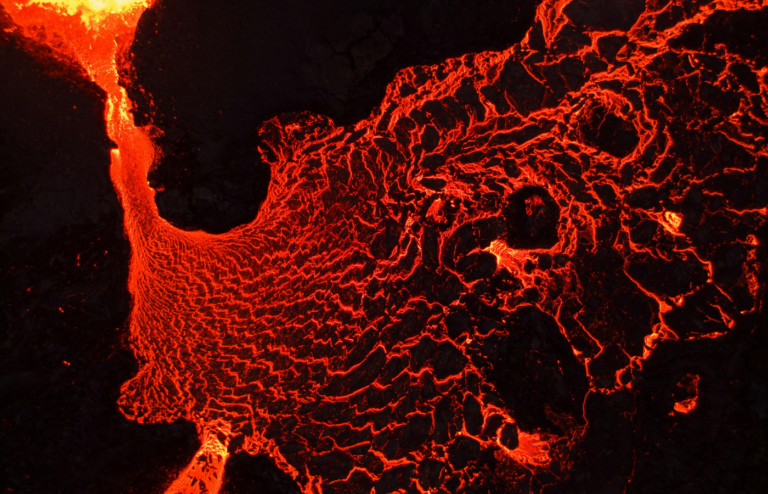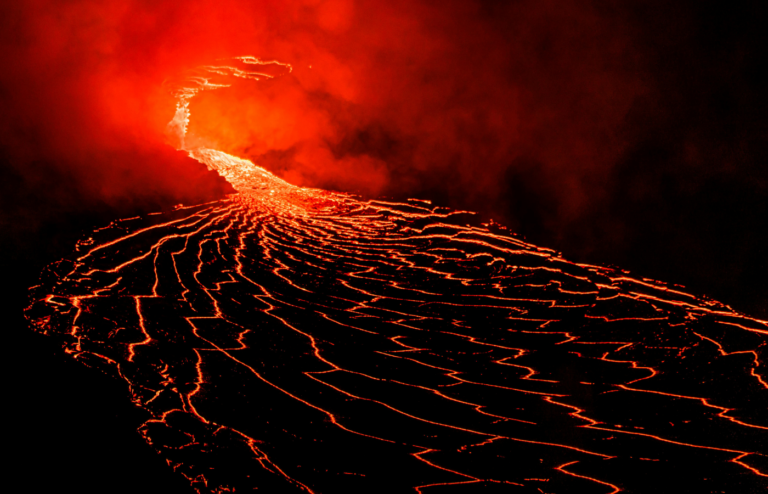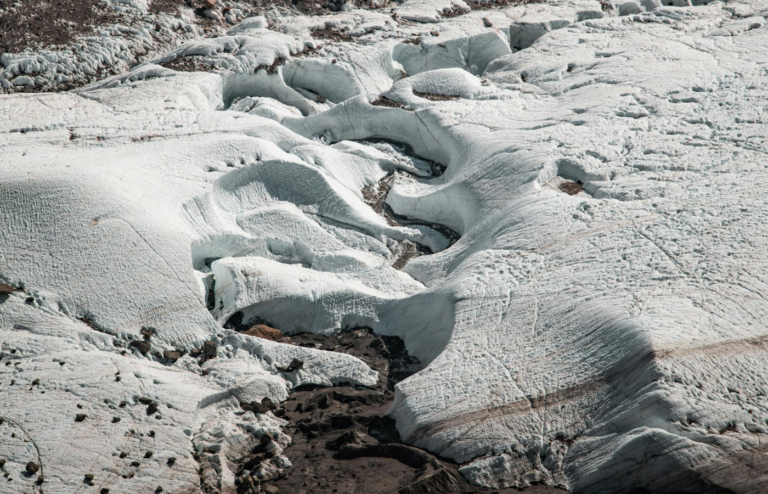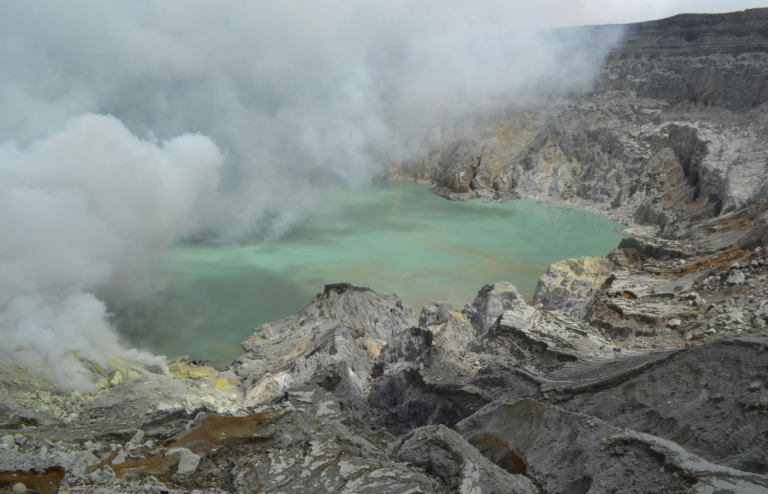The Earth is dotted with craters, each with its own unique story and enigmatic origins.
Here are ten of the most mysterious craters that have intrigued scientists and explorers alike:
1. Patomskiy Crater, Russia
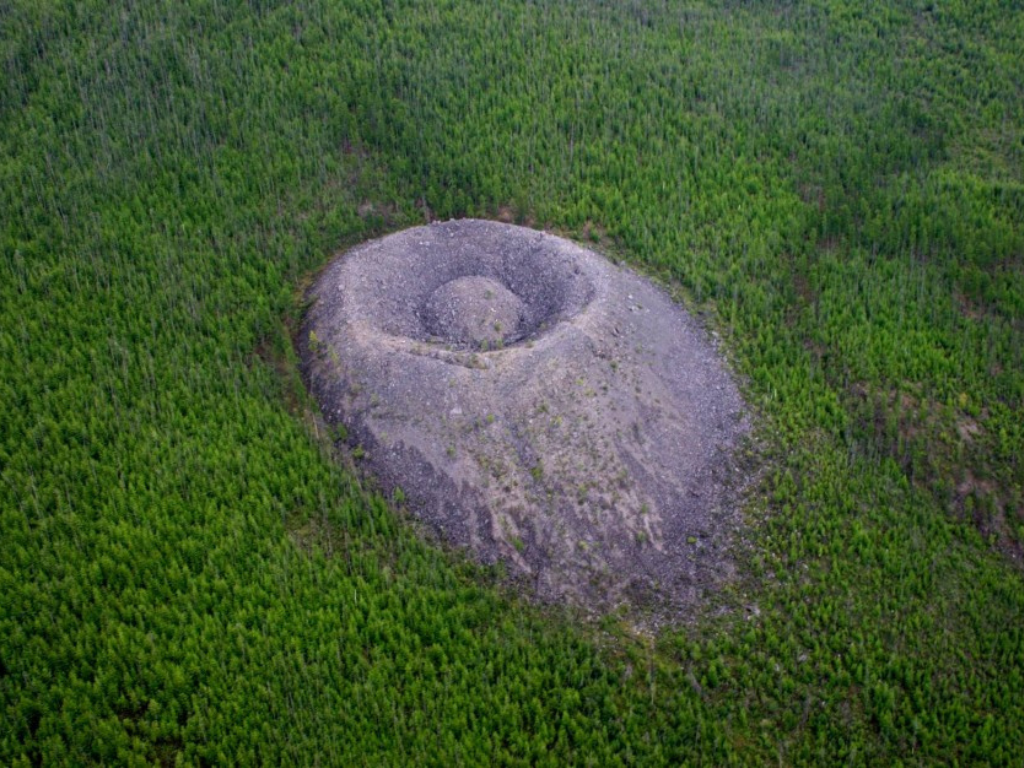
Discovered in 1949 in southeastern Siberia, the Patomskiy Crater is a peculiar mound of shattered limestone blocks, measuring about 160 meters in diameter and 40 meters in height. Its origin remains debated, with theories ranging from meteorite impact to volcanic activity, but no conclusive evidence has been found.
2. Nastapoka Arc, Canada

Located along the eastern coast of Hudson Bay in Quebec, the Nastapoka Arc is a near-perfect circular formation spanning approximately 450 kilometers. Despite its striking resemblance to an impact crater, geological studies have found no evidence of shock metamorphism, leaving its formation a subject of speculation.
3. Yamal Peninsula Craters, Russia
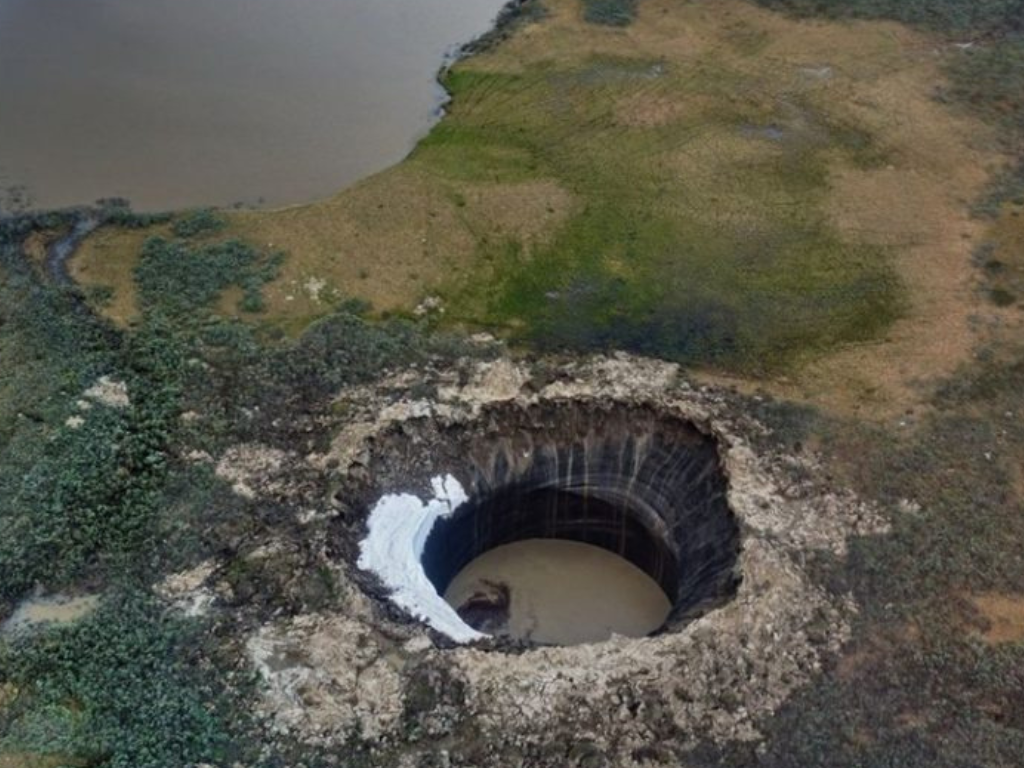
Since 2014, several large craters have appeared suddenly on the Yamal Peninsula in Siberia. Studies suggest that these craters result from explosive releases of methane gas due to thawing permafrost, a process linked to climate change.
4. Lonar Crater, India
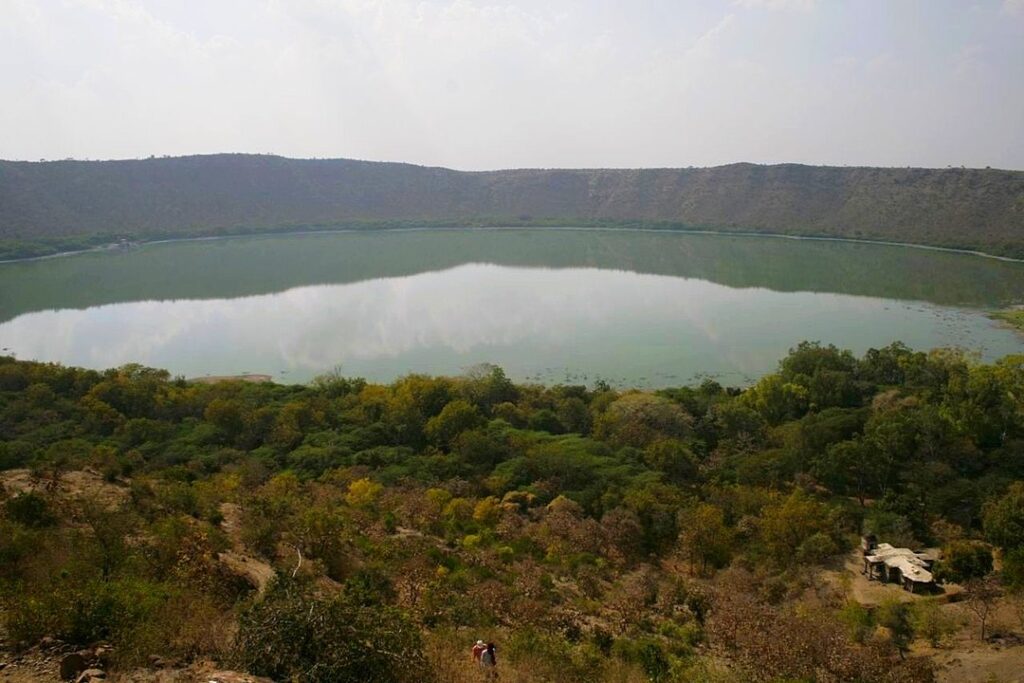
Formed around 35,000 to 50,000 years ago, the Lonar Crater in Maharashtra is unique due to its location in basaltic rock, a rarity among terrestrial impact craters. Its saline and alkaline lake waters have intrigued scientists, and its origin was confirmed as meteoritic only in the 20th century.
5. Wolfe Creek Crater, Australia
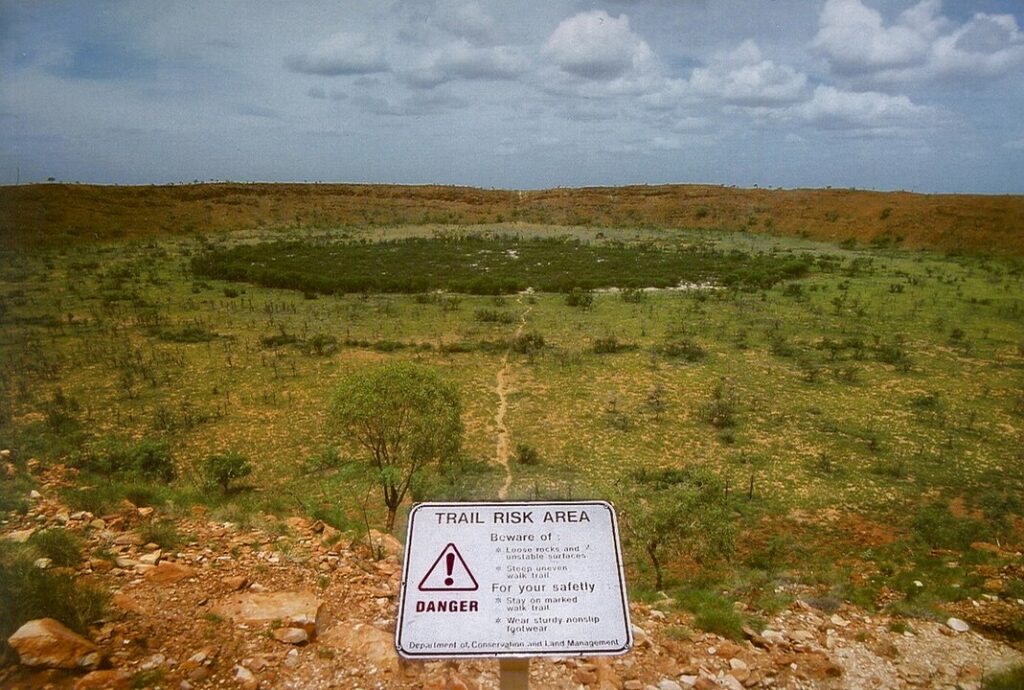
Discovered in 1947, the Wolfe Creek Crater in Western Australia is one of the world’s best-preserved meteorite impact sites. Measuring about 875 meters in diameter, it was formed approximately 300,000 years ago by a nickel-iron meteorite.
6. Kaali Crater Field, Estonia

The Kaali Crater Field on the Estonian island of Saaremaa consists of nine meteorite craters formed around 3,500 years ago. The largest crater is about 110 meters in diameter. These impacts are among the few known to have occurred in a populated area, possibly influencing local mythology.
7. Chicxulub Crater, Mexico

Buried beneath the Yucatán Peninsula, the Chicxulub Crater spans about 180 kilometers and dates back 66 million years. It is widely believed to be the impact site of the asteroid that caused the mass extinction of the dinosaurs, marking the Cretaceous-Paleogene boundary.
8. Gosses Bluff Crater, Australia
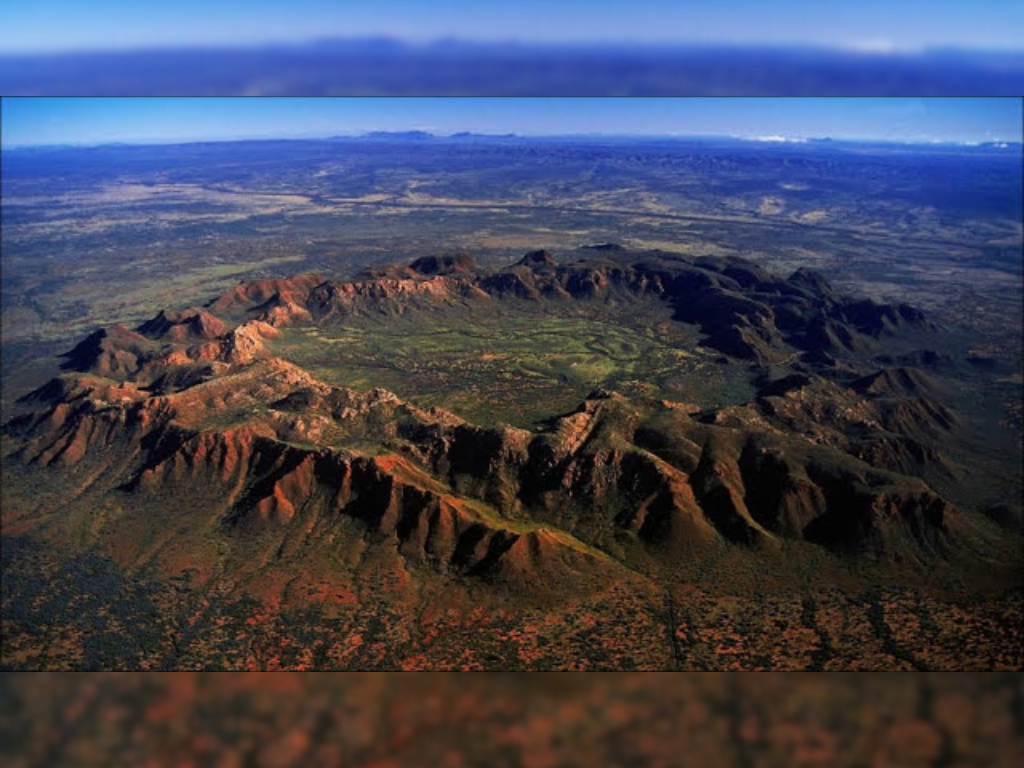
Also known as Tnorala, this crater in the Northern Territory is about 22 kilometers in diameter and was formed approximately 142 million years ago. Aboriginal mythology describes it as the site where a celestial woman danced, dropping her baby, which created the crater.
Read More: 10 Coldest Places on Earth That Are Actually Inhabited
9. Tswaing Crater, South Africa
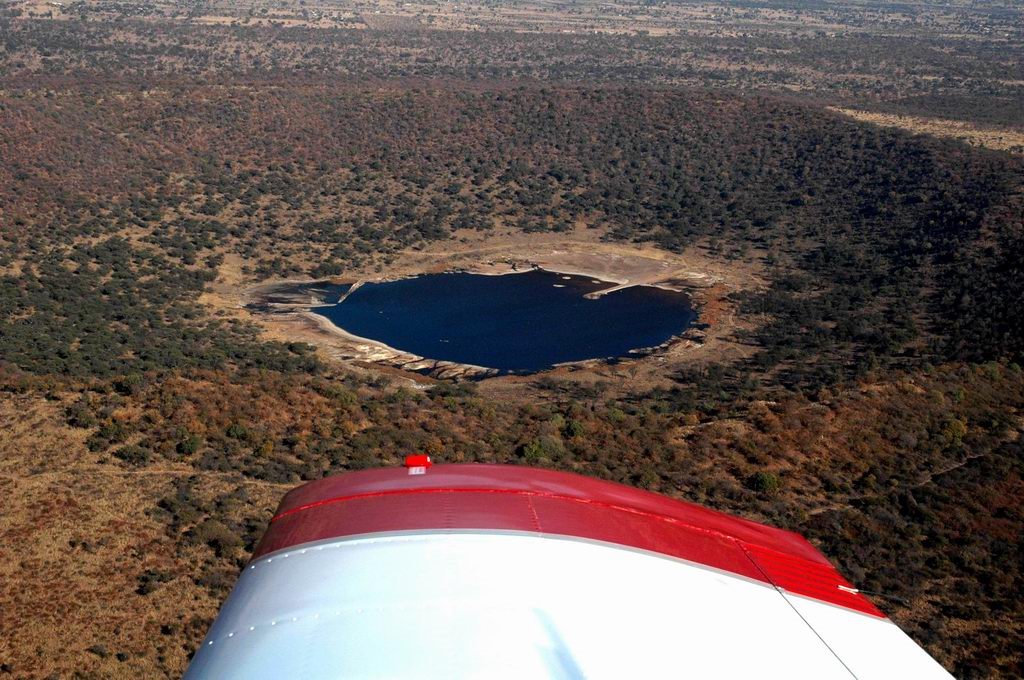
Formed around 220,000 years ago by a chondrite meteorite impact, the Tswaing Crater is about 1.13 kilometers in diameter. The central lake has been a source of salt and soda ash for centuries, and the site holds cultural significance for local communities.
Read More: Top 15 Wild Effects Volcanic Eruptions Have on the Planet
10. Pingualuit Crater, Canada
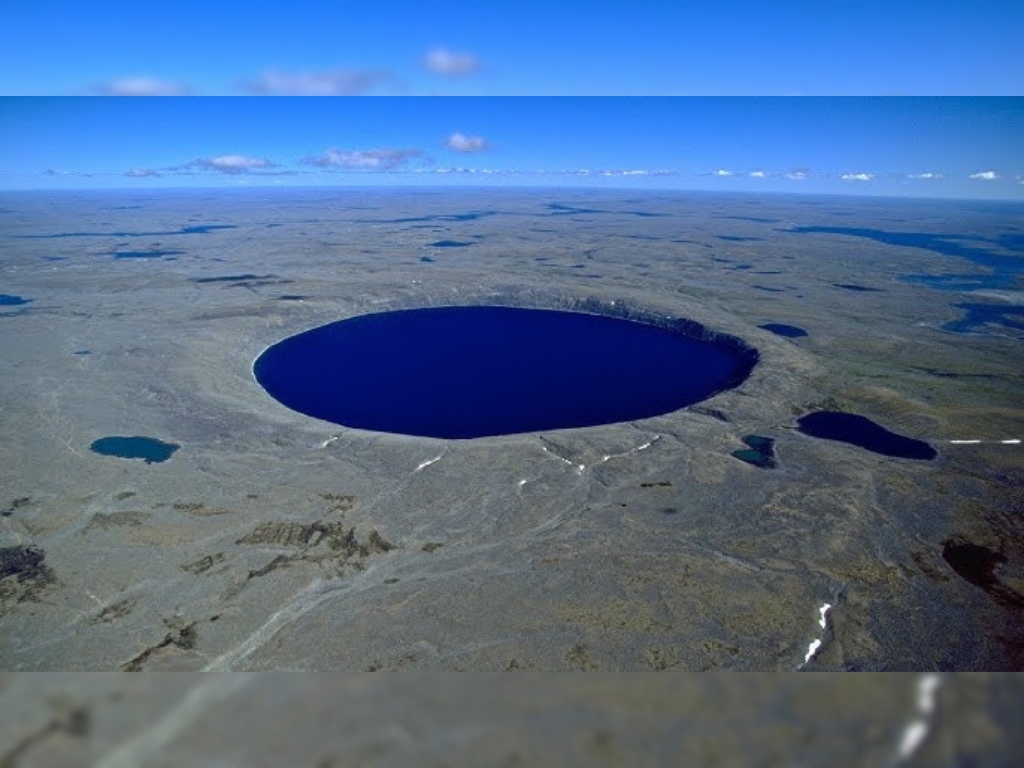
Located in Quebec’s Ungava Peninsula, the Pingualuit Crater is approximately 1.4 million years old and measures about 3.44 kilometers in diameter. The lake within the crater is renowned for its exceptionally clear water, with some of the highest recorded transparency in the world.
These craters not only serve as geological landmarks but also as windows into Earth’s dynamic history, each holding secrets yet to be fully unraveled.
Read More: Top 10 Ways Volcanoes Affect Global Weather

